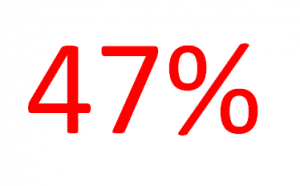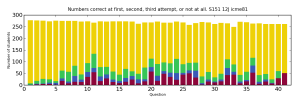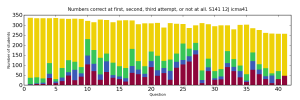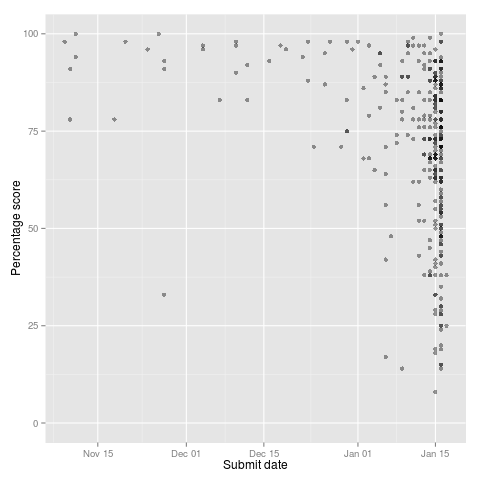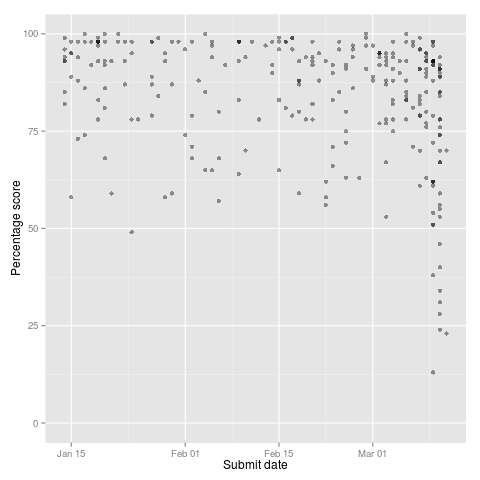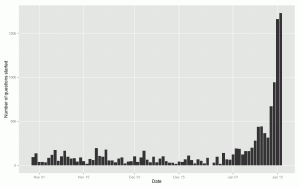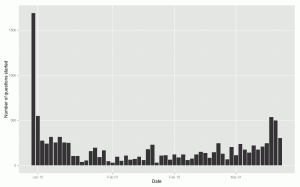This will probably be my final post relating to the Assessment in Higher Education Conference and it relates to an excellent presentation I went to entitled ‘Feedback without Tears: students’ emotional responses’. The presentation was given by Mike McCormack from Liverpool John Moores University and two of his students and, perhaps as you would expect from a teacher of drama and two drama students, it was excellent.
The work described was an HEA funded project in which students interviewed their fellows about positive and negative emotional responses to feedback. Most students reported having had positive and a negative emotional responses to feedback received, and some of the negative reactions were long-lasting and unresolved.
Some of the tentative conclusions and recommentations are that:
- wherever possible, feedback should be given in a verbal discussion;
- lecturers should ‘have the time’ to discuss feedback with students (and make sure this is clear to their students);
- lecturers should give suggestions for improvement rather than focusing on what is wrong;
- we should avoid confusing disparity between marks and feedback;
- we should ensure that students understand that we can’t reward effort alone;
- we should be aware of students’ perceptions of power imbalance and of differing understandings of specialist discourse.
One of the suggestions made was that drama is an emotionally charged subject, so perhaps students in a different subject area – like physics – would be less emotional. That may be true, generally, but on the highly scientific basis of a sample of one physicist (me!) I don’t think it is. Physics students may react less emotionally to drama students, but that doesn’t mean that they are not sometimes hurt by feedback received. Now, whether that is necessarily a bad thing is another matter all together – sadly, dealing with negative feedback is something we all (as actors or physicists or teachers) need to be able to do in ‘real life’. It was an extremely interesting and thought-provoking presentation.


